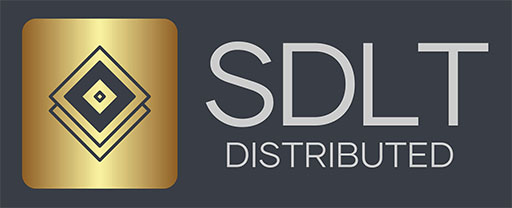Project Guardian FX paper reveals Ant’s Whale role in tokenized deposit liquidity – Ledger Insights – blockchain for enterprise

A new report from Ant International and derivatives body ISDA explores the use of tokenized deposits and foreign exchange for cross border payments. It’s part of the
Monetary Authority of Singapore’s Project Guardian initiative, which is effectively a tokenization sandbox. Many of the world’s leading institutions are participants alongside regulators from other jurisdictions.
Tokenized deposits are one of the solutions that aim to address frictions in cross border payments, including high cost, delays and a lack of transparency. A current challenge with tokenized deposits is several offerings only work amongst the clients of a single bank. Not only that, but each one of the solutions is bespoke and uses a variety of blockchain technologies.
Hence, the goal of the paper is to analyze design principles and standards to enable interoperability, as well as how to address risks. In doing so, it explored three use cases.
Ant’s Whale: a liquidity provider for tokenized deposits
The first involved Ant International, a company that supports the payments of 1.2 billion consumers and two million merchants in more than 200 countries. The company has integrated its Whale platform for treasury with many of these tokenized deposit platforms to deliver cross border payments for its clients. Given this connectivity, it can potentially act as a liquidity provider between banks. In other words, if a client in Singapore wants to send money to the US, Ant can take tokenized SGD from the sending bank and deliver tokenized USD to the recipient bank, in each case using the banks’ own tokens.
Ant International’s Kelvin Li said the company uses blockchain to process a third of transactions. “We will continue evolving our Whale platform to serve businesses of all sizes with the latest shared ledger technology, such as tokenised deposits and stablecoins.”
A second approach focuses on direct bank-to-bank interoperability. Two years ago BNY and OCBC started collaborating to enable payments between their platforms using Hash-Time Locked Contracts (HTLC). This is a common escrow-like process used for the interoperability between permissioned blockchains.
The third solution was for FX payment versus payment (PvP) allowing the simultaneous exchange of different currencies. Over the past six years HSBC has used the Baton Core FX solution to process $9.4 trillion in transactions. Last year the post trade platform OSTTRA adopted the offering, aiming to bring on board many more banks. PvP helps to mitigate foreign exchange risks, but the main industry platform CLS only supports 18 currencies. With the OSTTRA solution, there’s no such limitation.
Beyond these specific solutions, the report also examined broader multi-bank initiatives such as Project Agorá from the BIS. However, it skipped Singapore-based Partior which is in production. Some of the Partior participant banks include DBS, Deutsche Bank, JP Morgan and Standard Chartered.
ISDA and the need for tokenized deposit standards
While ISDA was identified as co-author of the report, their specific contribution becomes clearer in the standards discussion. ISDA brings relevant experience from developing the Common Domain Model (CDM), a machine readable standard that not only specifies data formats but also processes. It was initially used for the derivatives sector. After its success it has been deployed for repos, securities lending and bonds and is hosted by the Fintech Open Source Foundation (FINOS).
While the need for standards is widely recognized, there are often overlapping initiatives, as in this case. For example, JP Morgan and MIT recently published a paper exploring standards for bank tokens on permissionless blockchains.
